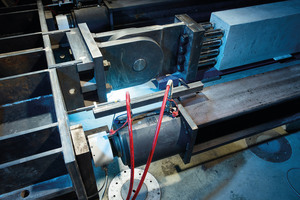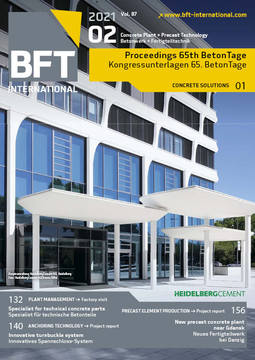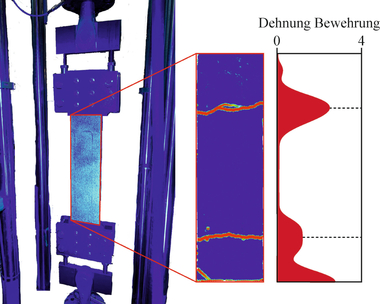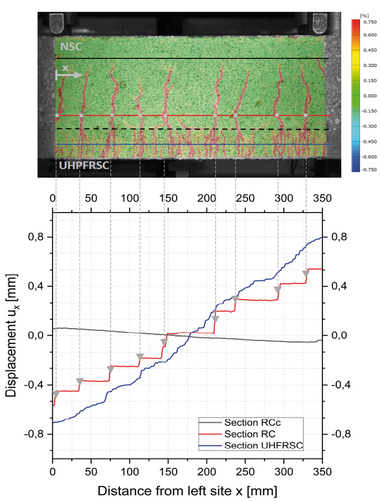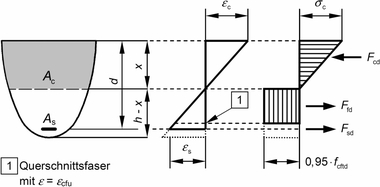Cracking behavior of reinforced-concrete elements with multiple-layer reinforced cross sections when using
large bar diameters
The formation of cracks is an inherent feature of reinforced-concrete construction. The width of any cracks occurring needs to be limited to a non-detrimental extent, however, in order to permanently ensure structural integrity, serviceability and an unimpaired exterior look. The relevant verification concepts are included in Eurocode 2.
The question arises, however, if cracks can be safely limited based on EC2 and EC2/NA in slab-type structural elements with multiple-layer, crosswise reinforcement used, for example, in highly stressed base slabs (also using large bar diameters). The doubts expressed above are essentially based on the fact that the design formulas underlying the verifications were primarily derived from and verified on (simple) concentrically reinforced test cross sections with “small” bar diameters (usually Ø 6 mm to Ø 14 mm). In order to clarify this question, numerous experimental and numerical tests were performed to determine the cracking behavior of structural elements with multiple-layer reinforcements of Ø 20 mm, 28 mm and 40 mm, thoroughly examining the factors influencing crack formation (bar diameter, transverse reinforcement, surface reinforcement). Based on these examinations, the experimental
values were compared with the results of a cross check performed
according to EC2 und EC2/NA, and the accuracy of the numerical prediction
was reviewed. For the design concept according to EC2 and EC2/NA, one finding was that modifications of the design equations are recommended for cross-sectional approaches with multiple-layer, crosswise reinforcement to achieve a reliable numerical prediction of the crack widths to be expected. In addition, it is known that the crack width on the surface of a structural element is usually larger (possibly promoted by large concrete covers) than predicted
numerically. This controversy is also taken into account in the design proposal presented.

